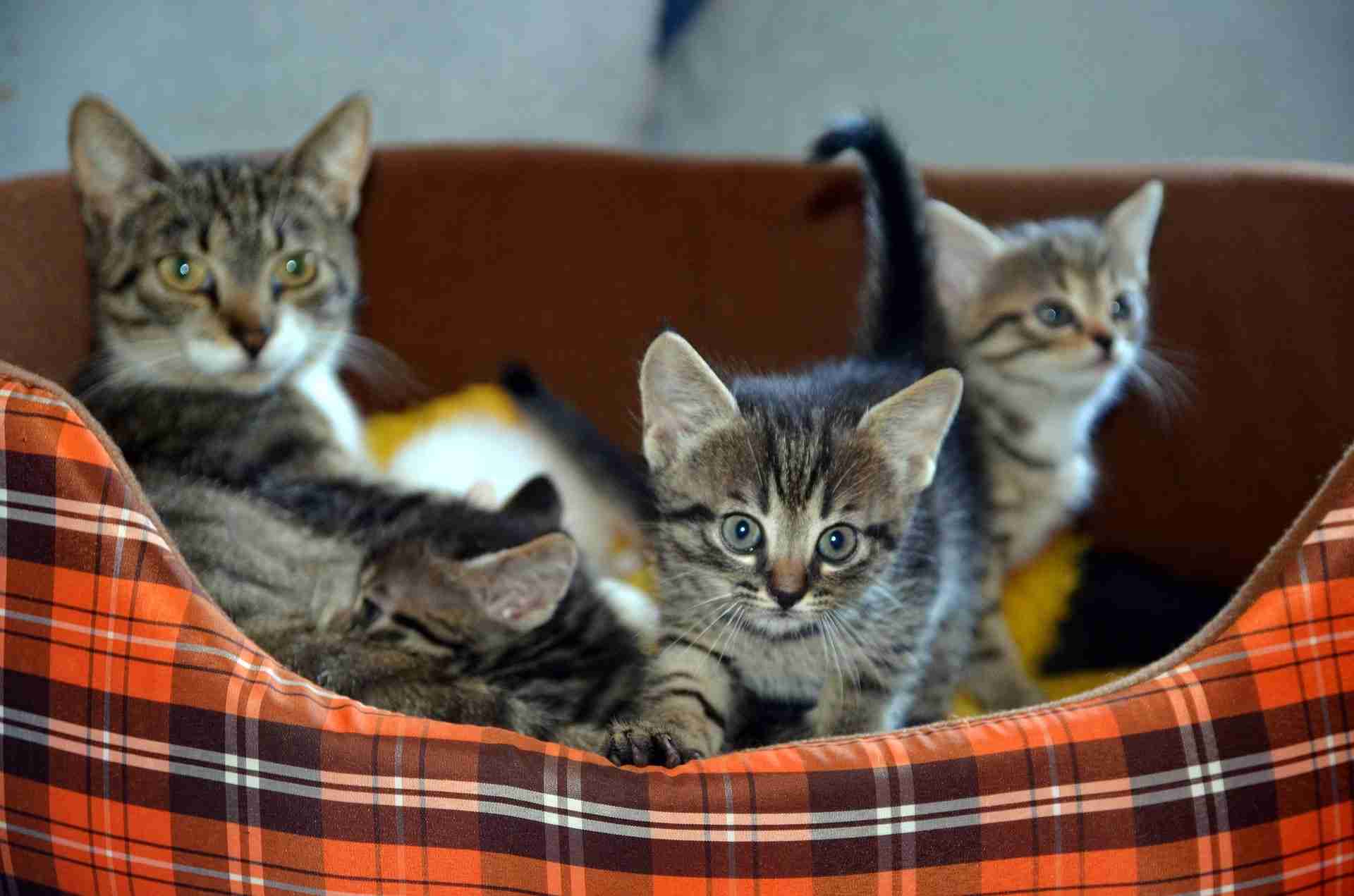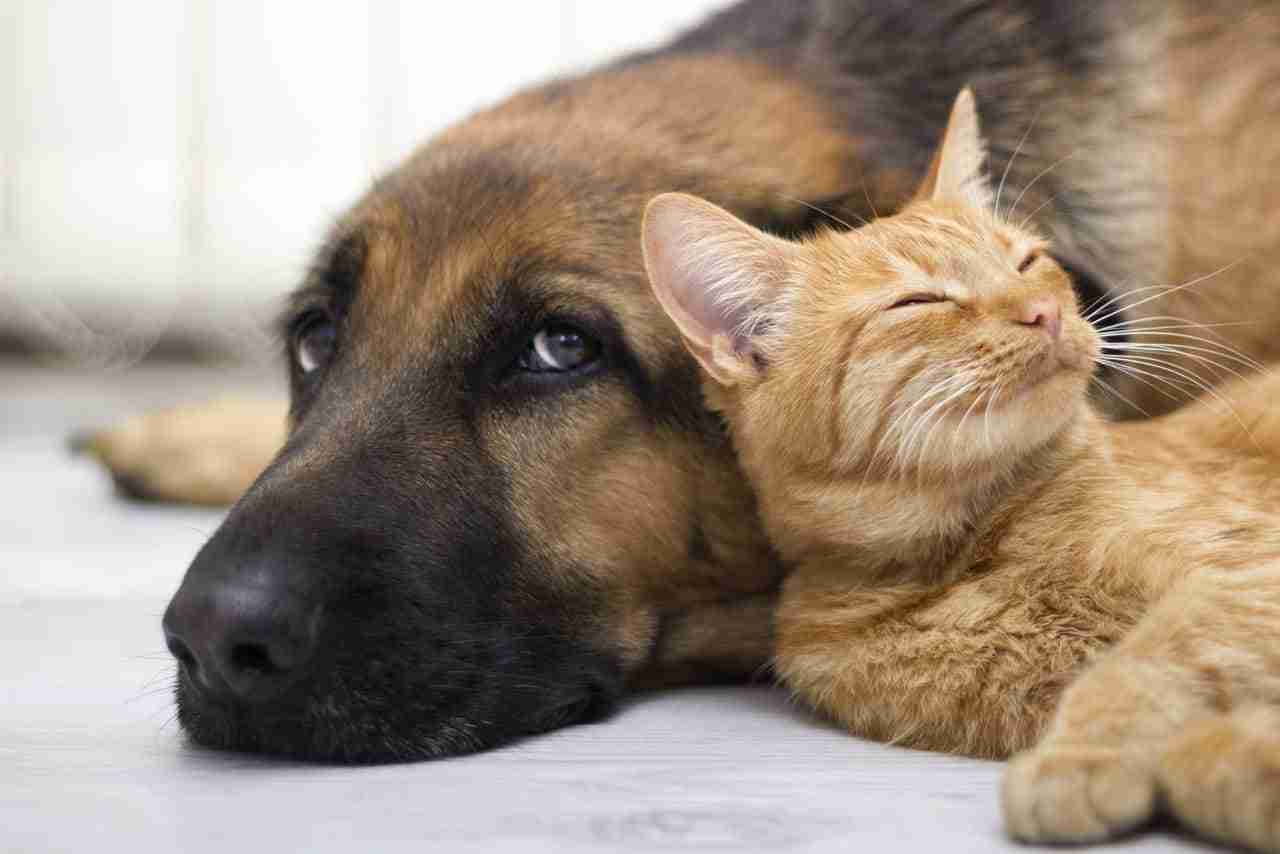The summer break and your cat: a short guide

Cats are rarely taken on holiday for the obvious reasons. But you might find the occasional “holidaying cat” on campsites or in holiday homes, who are flexible and more attached to their humans than their familiar surroundings. So, it’s possible but not common. Most cats don’t enjoy travelling, let alone a change of scenery, and are therefore best left at home. So, what are your best options… We've compiled a short list: These dos and don’ts offer guidance for those wondering whether they should or shouldn’t take their cat with them during the summer break.
Cat sitter
The best thing for our cat would be to leave them in their own home, where they feel safe and surrounded by reassuring spatial references. If your holiday is short, ask friends or relatives to visit a couple of times a day to serve fresh food (dry food can be left out all day but wet food needs to be provided on the spot, ideally two small portions per day) and water, empty the litter tray, and to cuddle and play with your cat! If no one is available, you could hire a professional cat sitter. However, always be diligent and choose a pet sitter with some kind of references, or perhaps ask for recommendations from your vet or local shelters. There are also plenty of Facebook groups that share information on professional cat sitters. Once you’ve found your ideal cat sitter, you can start planning:
General requirements for the cat sitter:
- How often should they come
- How much time should they spend with the cat
- How often should they clean the cat litter box
- How much food should they feed them and how often
Any characteristics the pet sitter needs to know about:
Are they afraid of loud noises
Where do they like to hide
How do they take care of their coat, nails and ears
Where do they like to be stroked
Where don’t they like to be stroked
Do they have any allergies/ illnesses or other specific requirements
Feeding routines
Grooming routines
Are there any places in the flat that are off limits
Then you can start to prepare the rest:
Organise a short introduction between the cat and the sitter
Buy and provide the usual food and cat litter in sufficient quantities
Place feeding bowls in the coolest room of the apartment
Fully fill the water bowl and make it heavier than usual, so that it can’t be tipped over and the sitter can check if your cat has been drinking water
Deposit a spare key with neighbours, friends or family
Tell a befriended neighbour that someone is taking care of the cat
Arrange regular visits by neighbours/friends/family
Arrange an emergency contact in case the cat sitter fails to turn up
Be reachable whilst on vacation
Cat proof your flat (tilt window lock, balcony net, no poisonous plants)
Emergency contacts
Cats can get sick, sneak out of the door, fall out the window or fail to return from a walk in the garden. A cat sitter should have emergency contacts at the ready in any of these unfortunate circumstances.
To play it safe, you should:
Provide contact addresses for emergencies, including your veterinarian with their opening times, friends, family, neighbours
Leave any vaccination certificates and proof of registration (I&R) in an obvious spot
Leave the cat with a sitter
Another option is to leave the cat at the sitter’s house. The cat will need to get accustomed to the new surroundings but she’ll have more human contact that way. This is a great option for cats that don’t mind leaving their home. Just make sure to organise a few text runs, making sure everyone gets along with the situation. If you choose this option, make sure to take some familiar objects such as blankets, baskets, toys and their own cat tree, this will create familiar smells and help to settle the cat.
Just a few precautions for the last choice:
- Write down an agreement for any occurring costs or damages: when the cat explores the new environment, she may start behaving differently and do things she never does at home. Think of scratching the furniture, push objects from shelves, pee on the carpet or use plants as toys
- Make sure the new environment is safe for the cat: tilting windows, balcony, poisonous indoor plants
Cat Hotel/Cat Guesthouse
You could consider taking your cat to a cattery if you have no other choice; either asking your vet if he knows any suitable establishments or start visiting local catteries yourself, to see which will suit your feline the best.
Our advice is to exclude mixed facilities, housing both cats and dogs, or at the very least select one in which the areas for cats are distant from those dedicated to dogs because the noise of the dogs could be stressful to your feline friend. Either way, your cat should have a dedicated room so it is not forced to share with other cats.
Remember to check that your cat’s vaccinations and anti-flea treatments are up to date and to bring your cat’s health card or pet passport, with the contact details of your pet’s regular vet, with you so that if there are any problems he/ she can be contacted easily. If the guesthouse doesn’t require any of the health details, avoid the facility.
Many cat-boarding facilities also allow you to bring your cat’s ‘personal belongings’ with them to make them feel more comfortable and at home in their holiday ‘home away from home’. They will thank you for it.
Don’t forget to follow us on Instagram and Facebook.







